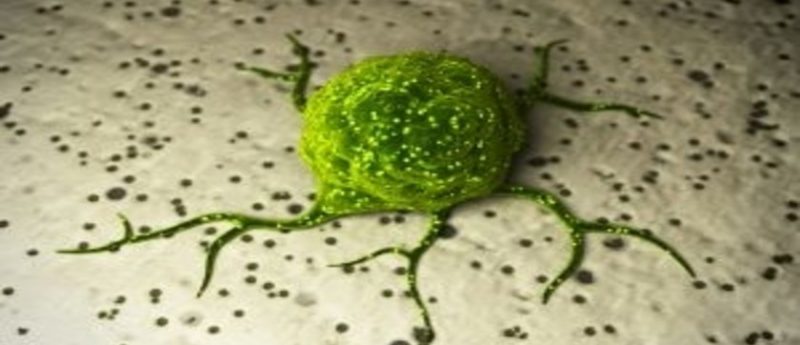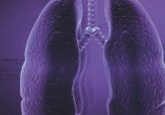Study suggests that two-thirds of adult cancer incidence could be due to ‘bad luck’

A statistical model developed by researchers from the Johns Hopkins Kimmel Cancer Center (MD, USA) has been used to suggest that approximately two-thirds of adult cancer incidence across tissues could be attributed to ‘bad luck’. The model, which measures the proportion of cancer incidence caused mainly by random mutations, indicates that environmental factors and inherited genes are only responsible for the remaining one-third of cancer incidence in adults.
Bert Vogelstein (Johns Hopkins University School of Medicine), one of the study’s authors, commented: “All cancers are caused by a combination of bad luck, the environment and heredity, and we’ve created a model that may help quantify how much of these three factors contribute to cancer development.”
He added: “Cancer-free longevity in people exposed to cancer-causing agents, such as tobacco, is often attributed to their ‘good genes,’ but the truth is that most of them simply had good luck.” Despite this, Vogelstein still cautions that poor lifestyle choices can augment the ‘bad luck’ factor of cancer development.
The team believe that the model could have implications ranging from the alteration of public perception surrounding cancer risk factors to the funding of cancer research.
“If two-thirds of cancer incidence across tissues is explained by random DNA mutations that occur when stem cells divide, then changing our lifestyle and habits will be a huge help in preventing certain cancers, but this may not be as effective for a variety of others,” explained Cristian Tomasetti (Johns Hopkins University School of Medicine), the second study author. “We should focus more resources on finding ways to detect such cancers at early, curable stages.”
In the study, published recently in Science, the team collated data on the cumulative total number of stem cell divisions in 31 different tissue types over an average individual’s lifetime from existing scientific literature. The number of stem cell divisions in these 31 tissues were charted and subsequently compared with the lifetime risks of cancer in the same tissues among Americans.
The correlation between the total number of stem cell divisions and cancer risk was identified as 0.804, indicating a strong correlation between the two variables. The variation in cancer risk due to the number of stem cell divisions was also approximately 65%.
Vogelstein commented: “Our study shows, in general, that a change in the number of stem cell divisions in a tissue type is highly correlated with a change in the incidence of cancer in that same tissue.” Within the study, colon tissue was demonstrated to undergo four times more stem cell divisions than small intestine tissue in humans. In conjunction with this, colon cancer is much more prevalent than small intestinal cancer.”
“You could argue that the colon is exposed to more environmental factors than the small intestine, which increases the potential rate of acquired mutations,” observed Tomasetti. However, further investigation indicated that mouse colons have a lower number of stem cell divisions compared to their small intestines, and cancer incidence in these animals is lower in the colon than in the small intestine. The team highlighted this as support for the key role of the total number of stem cell divisions in cancer development.
The final part of the study classified the cancer types studied into two groups. Vogelstein and Tomasetti statistically calculated which cancer types possessed an incidence predicted by the number of stem cell divisions and which had higher incidence. The results demonstrated that 22 of the cancer types could predominantly be explained by random DNA mutations. The remaining nine types that had incidences higher than predicted by ‘bad luck’ were presumed to be explained by a combination of bad luck and environmental or inherited factors.
“We found that the types of cancer that had higher risk than predicted by the number of stem cell divisions were precisely the ones you’d expect, including lung cancer, which is linked to smoking; skin cancer, linked to sun exposure; and forms of cancers associated with hereditary syndromes,” reported Vogelstein.
“This study shows that you can add to your risk of getting cancers by smoking or other poor lifestyle factors. However, many forms of cancer are due largely to the bad luck of acquiring a mutation in a cancer driver gene regardless of lifestyle and heredity factors. The best way to eradicate these cancers will be through early detection, when they are still curable by surgery,” continued Vogelstein.
The investigators noted that some cancers, such as breast and prostate cancer, were not included in the report because of their inability to find reliable stem cell division rates in the scientific literature.
Although it was well known that cancer is caused by random mutations in tissue-specific stem cells, the actual contribution of these mutations to cancer incidence compared with hereditary or environmental factors was previously unknown. The team hope that the results will be built upon by the scientific community in order to refine their statistical model.

